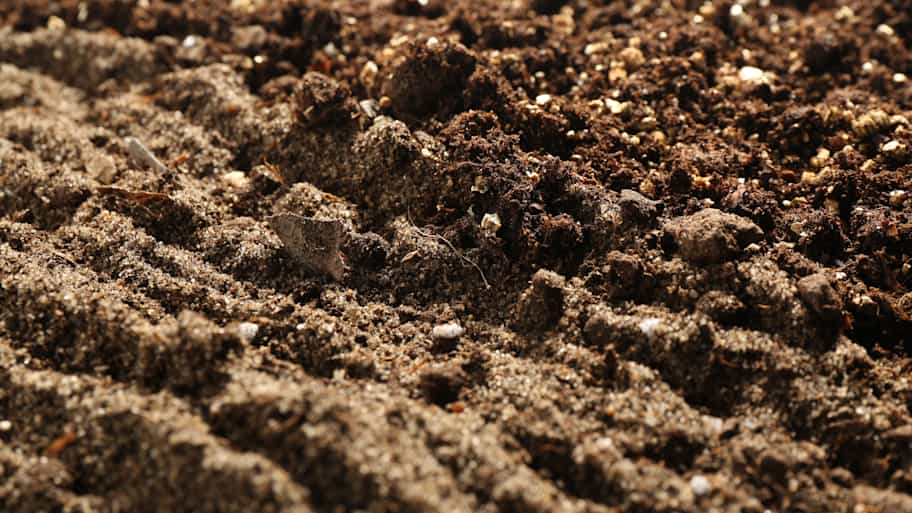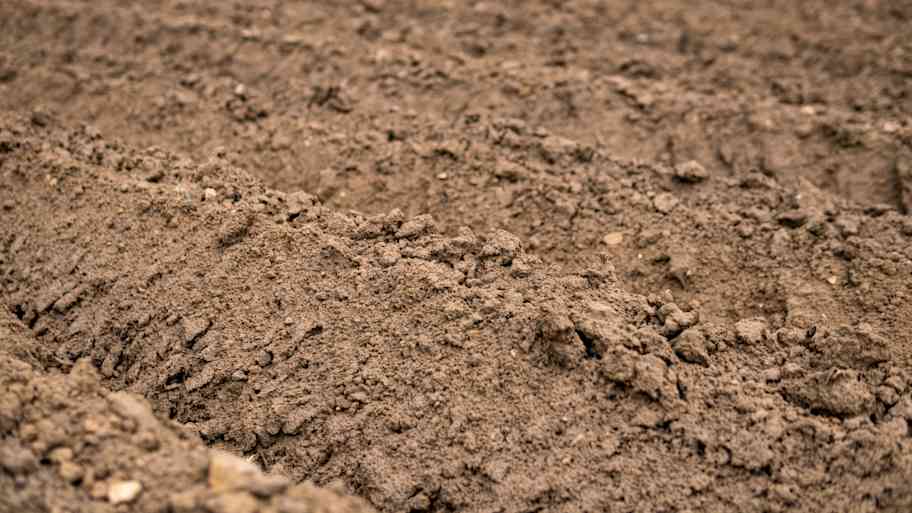
Leveling your yard can help with drainage and prevent damage to your home. Learn the cost to level a yard and what factors can affect the price.
You can think of soil as living dirt


Despite a long history of being used interchangeably, there actually are important differences between dirt and soil.
Soil is a living material useful for growing crops, plants, and grass, while dirt is useful for fill.
Soil contains dirt, but dirt is not soil.
When soil loses some of its essential properties, it can become dirt.
When it comes to dirt versus soil, you can think of soil as being rich in organic material and necessary for plant growth, while dirt, well, not so much. Soil contains living organisms, air, water, minerals, and is present everywhere organic matter grows.
Dirt, on the other hand, may contain soil-like elements but lacks one or more necessary components. However, dirt still has useful properties, depending on your needs.
Here are the differences between dirt and soil, as well as why those differences are important to understand.

To be soil, a material must contain dirt plus a few other elements. One such element is unconsolidated organic material. Organic material is former living materials, such as leaf debris, which is well into the process of breaking down into its fundamental components. The process releases minerals and elements that plants use to grow.
In addition to plants using nutrients, microorganisms also need them. Microorganisms live in soil and are a crucial element that differentiates soil from simple dirt. Soil also contains a mixture of air and water and comes in many varieties, partially distinguishable by the type of dirt in the mix.
| Type of Difference | Soil | Dirt |
|---|---|---|
| Components | Dirt plus organic materials | Sand, clay, silt |
| Structure | Water, air, minerals | Debris, dust, soot, clay |
| Water absorption | Excellent | Poor |
| Vitality | High | None |
The basic structure of dirt and soil is similar in that both can contain various minerals and a range of aggregate sizes. Sand, silt, clay, ash, and even mixes of two or more of these may be present in either soil or sand.
However, soil must contain air spaces and water to harbor the necessary living organisms that define it and help break down organic material. Dirt, on the other hand, doesn't have the same requirement. While the basic structures of dirt and soil are similar at the start, dirt doesn't have the additional qualities that make it soil, and dirt, on its own, can't support plant life.
That said, dirt can contain most of the necessary components to be soil, but is missing just a single element and is therefore just dirt. For example, when a mineral-rich and organic-rich soil becomes compacted under foot, vehicle, construction equipment, or by natural means, the compaction eliminates the air and sometimes water from the mix, turning potentially rich soil into dirt.

The usefulness of dirt versus soil depends entirely on your needs and how you intend to use the material. Soil is necessary for the growth of crops, trees, plants, and grass. Dirt is useful and more appropriate for filling in holes left after construction or as a base layer to support other materials, such as a soil layer.
While dirt may contain organic materials, such as leaf debris, mulch, and others, the material isn't soil unless the other essentials, including air, water, and living organisms, are present. If you're planting a garden or lawn, or you must satisfy the requirements for various building permits during construction, a soil engineer can perform a soil test to identify whether you're dealing with soil or dirt and what's in it.
Soil testing involves one or more of a variety of tests that can determine the mineral content of the ground, its biomass and nutrient levels, and identify any contamination that may be present.
Dirt has somewhat limited applications, but not zero. Because you can compact and contain dirt without worrying about degrading its ability to support life, dirt is useful when building a base for heavier landscaping elements, such as retaining walls or concrete structures.
Soil is less useful for these types of applications and is best suited for the top layer in landscaping. Soil is the medium necessary for growing living plants. In fact, several soil types are available, and the one you choose depends heavily on the type of plants you're growing.
The best soil types for growing plants, for instance, aren't the same as the best types for planting a lawn. Your local landscaper is the best resource for helping you determine which soil type is best for your needs.
Types of dirt are distinguishable primarily by their inorganic material composition. Dirt is classifiable as fine, coarse, or a combination, and can include particle sizes that range from fine silt to coarse gravel.
In contrast, soil classifications more commonly rely on the organic and other materials in and among dirt particles. For example, potting soils generally contain very little, if any, actual dirt and mostly involve mulches, organic additives, and loose material, while outdoor topsoil can contain more minerals like those found in dirt, as well as loose and organic materials.
Potting soils are also lightweight and contain a lot of air, while topsoil varieties are heavier and don't become compact as easily as potting soils.
For those reasons, using potting soil versus topsoil to grow a lawn would not only be cost-prohibitive, but would yield less desirable results for your yard over time.
From average costs to expert advice, get all the answers you need to get your job done.

Leveling your yard can help with drainage and prevent damage to your home. Learn the cost to level a yard and what factors can affect the price.

Ivy might look pretty, but you probably don’t want it in your garden. Learn how much it’ll cost to remove ivy by type, treatment method, and more.

Leveling your yard can help with drainage and prevent damage to your home. Learn the cost to level a yard in Columbus, OH, and what factors can affect the price.

There are reasons to grade or slope your yard beyond aesthetics—drainage is the main one. Read on and learn how to have an informed discussion with your pro.

Are you wondering, “Who can I hire to aerate my lawn?” Learn how to find and hire a local lawn service to get the job done and make your yard look healthy.

Digging up a bush can be difficult, and trimming it down won’t prevent it from coming back. So, what kills bushes instantly? Find out more.